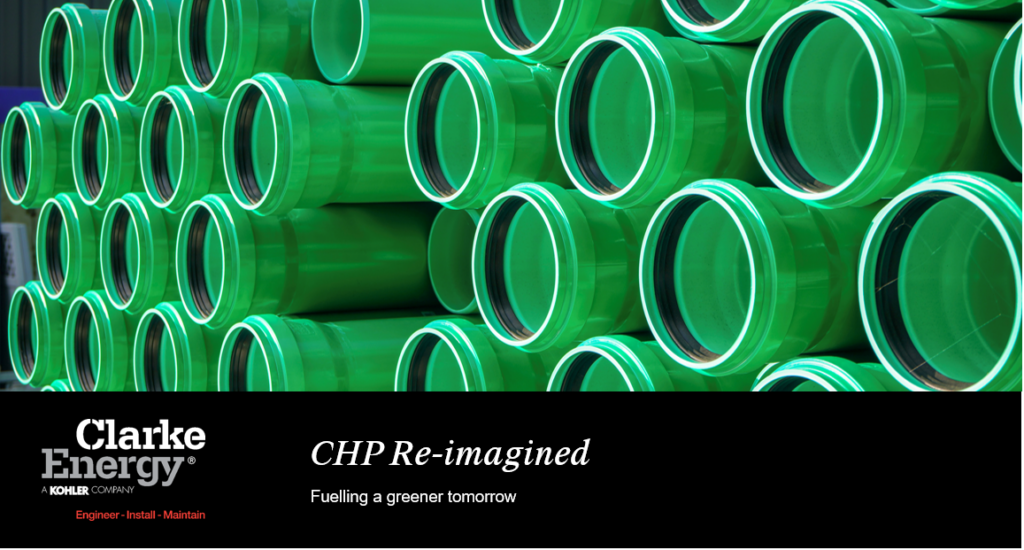Introduction: In an era where energy efficiency and carbon footprint reduction are paramount, Combined Heat and Power (CHP) technology stands out for its remarkable fuel efficiency and lower carbon emissions. Historically, the primary function of CHP has been to provide continuous supplies of electricity and heat, achieving efficiencies of around 90% – significantly higher than traditional grid-supplied electricity. As the world shifts towards decentralized, intermittent power sources like wind and solar, the relevance of CHP technology remains stronger than ever.
The Evolution of CHP in a Renewable-Dominated World: The short-sighted view of CHP as a constant, carbon-emitting power source is evolving. While many CHP plants are powered by natural gas, the increasing availability of renewable gases such as renewable natural gas (RNG) or hydrogen is transforming these plants into versatile, environmentally friendly energy solutions. Despite the higher production costs of RNG and hydrogen, their efficient use in flexible CHP systems is crucial for a sustainable energy future. The addition of distributed carbon capture systems further enhances the technology’s potential and gives rise to carbon negativity.
The Role of CHP in the Greenhouse Sector: CHP’s flexibility is not a new concept. The greenhouse sector has been utilizing flexible CHP systems for years, producing hundreds of megawatts globally. These systems provide heat for climate control, electricity for lighting and export, eenhouse sector has been utilizing flexible CHP systems for years, producing hundreds of megawatts globally. These systems provide heat for climate control, electricity for lighting and export, and recover carbon dioxide to enhance plant growth – effectively capturing carbon emissions. This model is a prime example of the multifaceted benefits of CHP technology. This model is a prime example of the multifaceted benefits of CHP technology.
Integration with Microgrids: The adaptability of CHP systems is further showcased when integrated with microgrids. By pairing with solar photovoltaics, wind turbines, or energy storage, a flexible CHP plant can serve as a reliable base load power source. This integration not only supports the intermittent nature of renewable energy sources but also ensures resilience during local power supply outages.
Flexible CHP: The Future of Efficient Energy Use: In the quest for a fully renewable power supply network, flexible CHP plants are invaluable. Their ability to adapt to different fuel sources, including renewable options, positions them as a crucial component in the future energy mix. The efficient utilization of valuable renewable fuels like RNG and hydrogen highlights the potential of CHP systems in reducing carbon emissions and supporting sustainable energy goals.
Gas Peaking Stations: Potential to greatly improve efficiency: Mid-scale gas peaking stations are becoming common place and help enable intermittent renewable power generation. Typically legislation doesn’t favour heat recovery. They can however be readily integrated with district energy and cooling schemes in a manner similar to traditional CHP plants. With joined-up thinking legislation can support the optimal sighting of these plants to maximise fuel efficiency.
Conclusion and Call to Action: As we progress towards a greener, more efficient energy landscape, the role of flexible CHP systems becomes increasingly vital. Clarke Energy is at the forefront of this transition, offering flexible CHP plants, microgrid solutions, renewable natural gas upgrading plants, and energy storage systems. For those interested in exploring how flexible CHP can enhance your energy strategy, we invite you to contact us and learn more about our innovative solutions.





